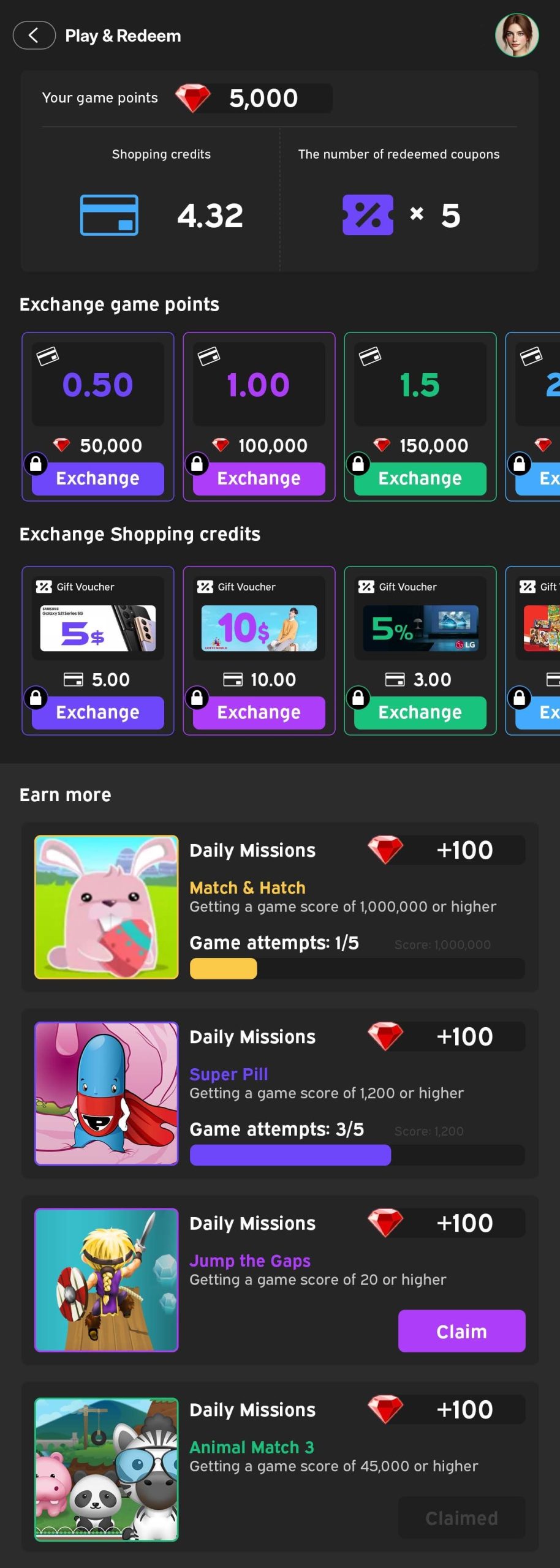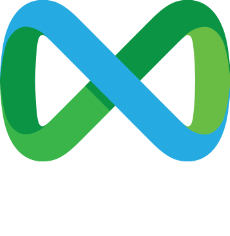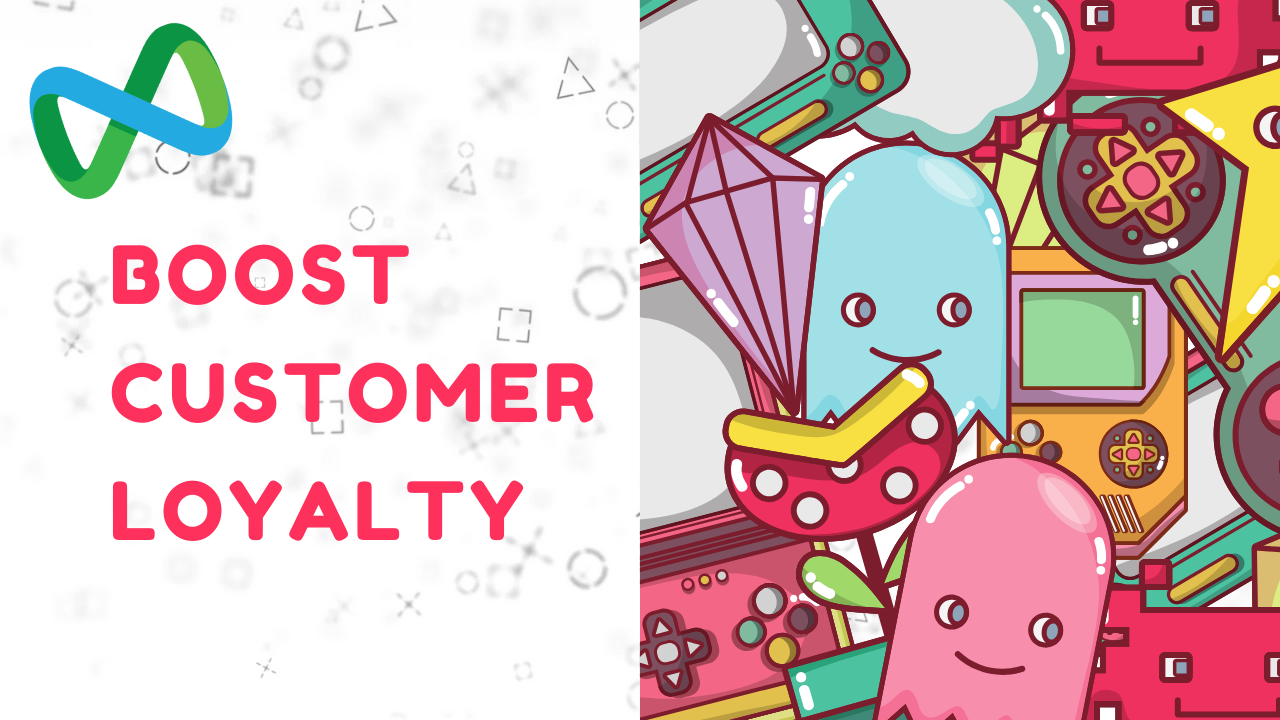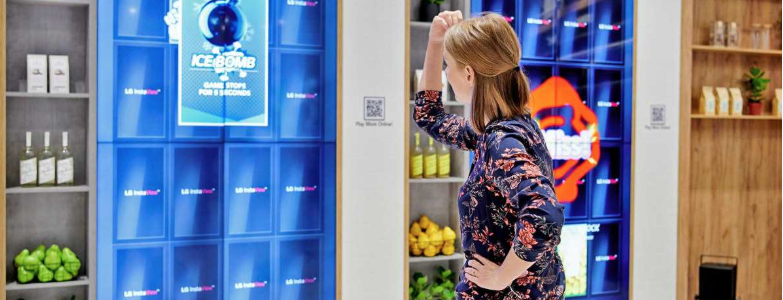In modern marketing, maintaining and enhancing customer loyalty is a cornerstone of successful business operations. By utilizing digital tools such as HTML5 mini games, brands can strengthen interactions with customers and continuously capture their attention. This article explores how mini games and gamification in loyalty mini games can be used to boost customer loyalty.
1. Offering HTML5 Mini Games
Brands can offer HTML5 mini games to their customers. While providing just one game can be effective, offering 3-4 diverse games can create a more comprehensive loyalty service. Multiple games encourage greater customer participation and sustained interest through loyalty mini games.
2. Setting Game Goals and Operating a Point System
Daily game goals can drive customer engagement. For example:
- Limit a specific game to a maximum of five plays per day.
- Award 10 Game Points for achieving a total score of 500 points within the game.
If a brand offers three games, customers can earn up to 30 points daily by performing well in each game. However, if they struggle with the games, they may not accumulate these Game Points, fostering a sense of challenge and fun in these loyalty mini games.
3. Converting Game Points to Shopping Points
Customers can exchange the Game Points they earn through daily gameplay for Shopping Points. Setting a daily maximum limit for these exchanges encourages customers to participate in games consistently, enhancing the appeal of loyalty mini games.
For example, you could allow customers to exchange up to 50 Shopping Points per day. This cap helps maintain interest and ensures regular interaction with the brand.
4. Providing Coupons
As a final step, brands can distribute coupons. Consider the following types of coupons:
- Discount Coupons: Offer a specific percentage or amount off.
- Fixed Value Coupons: Deduct a clear amount like $2 or $5 from purchases of branded products.
These coupons let customers experience tangible benefits through their purchases, reinforcing positive perceptions of the brand and maximising the impact of loyalty mini games.
AliExpress Play & Earn
AliExpress has implemented a similar Play & Earn model. According to a discussion on Reddit, they introduced “Play & Earn: This is new, another set of tasks to complete but direct shopping credit.” You can read more about this implementation here.
Conclusion
Ultimately, the ‘Play & Earn’ service model motivates customers to visit or engage with a brand’s website or app daily. By providing rewards through HTML5 mini games and converting them into shopping coupons, brands can establish a lasting loyalty service through engaging loyalty mini games. This approach effectively enhances customer engagement while combining fun and rewards to deliver a memorable experience.
However, in the context of Loyalty Gamification, the term ‘Play & Earn’ may be associated with blockchain-based ‘Play to Earn’ models. To avoid confusion, alternative terms such as ‘Play & Claim’ or ‘Play & Win’ are more suitable for loyalty-based campaigns. By using these terms, brands can clearly communicate the rewarding experience without unintended associations.
Through strategies like these, brands can maintain long-term relationships with their customers, offering consistent value while creating engaging and rewarding experiences through loyalty mini games.
https://brandedminigames.com






